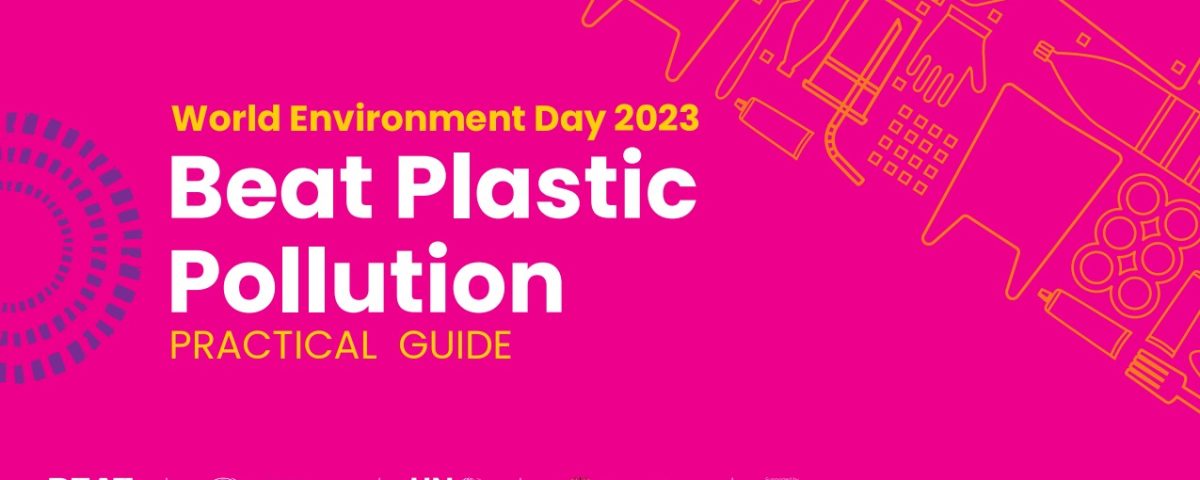
NITDA – COURSERA SCHOLARSHIP COHORT 2
June 1, 2023
Niger Delta Weekly Conflict Update: May 28 – June 03, 2023
June 5, 2023
We are addicted to plastic. We produce around 430 million tonnes of plastic a year, two-thirds of which are short-lived products which soon become waste.
Plastic pollution can have devastating impacts on our ecosystems and wildlife, our health and well-being and the global economy. Yet, current commitments made by governments and industry will only reduce
the annual volume of plastic flowing into the ocean by 8 per cent by 2040.
The social and economic costs of plastic pollution reach up to US$600 billion per year. On the contrary, we are producing more and more plastic – it is embedded into every aspect of modern life. It is in our cars, homes, medical devices, clothes, and shampoos.
Although much of the media coverage of plastic pollution centres on heart-breaking images of wildlife choking on plastic bags, the reality is plastic pollution is far more insidious. Much plastic pollution is not visible to the naked eye. Microplastics – tiny fragments of plastic less than 5mm in length – are polluting our soil, water supplies and our bodies.
“Plastic production has surged over the past 50 years and is expected to double
over the next 20 years. If no action is taken plastic pollution is set to triple by 2060. For
this reason, it is important to transition to a healthier, more economically viable circular
economy as soon as possible.”
In response to challenges posed by plastic pollution, a report developed by UNEP for World Environment Day 2023 titled ” Beat Plastic Pollution: Practical Guide” outlines practical ways in which various stakeholders can effectively contribute towards combatting pollution and contribute towards a circular economy.
Read and Download the report here









